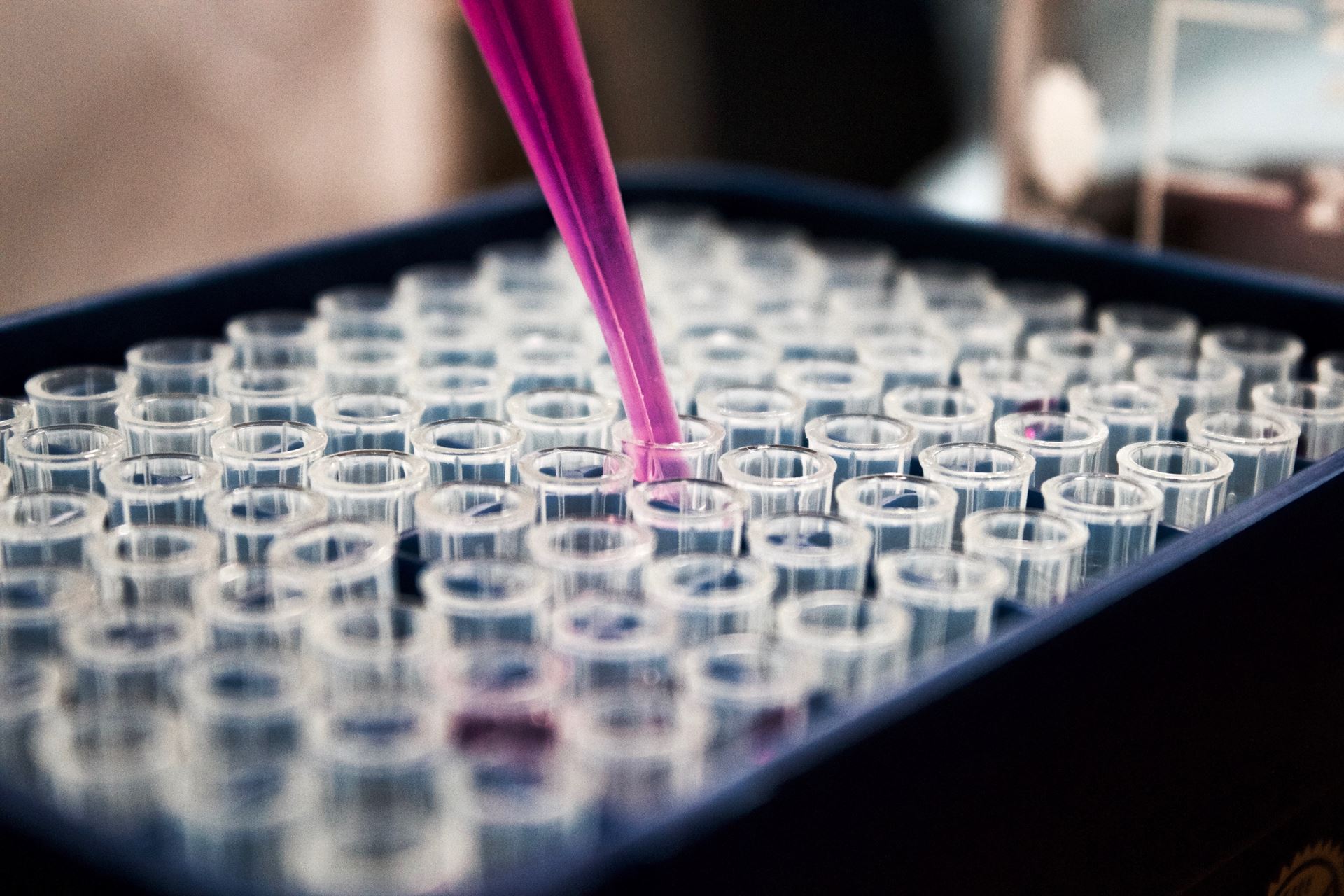Test Results
Laboratory Specimens
If you are asked to hand in a specimen, please ensure that we receive it by 11:00am (in the correct container, obtained from the surgery, marked with name, date of birth and date of sample. A form is available for this, please ask at Reception.).
Similarly, if you need a blood test please make a morning appointment.

Test Results
Please remember it is your responsibility to ring the surgery for your results. Please remember the following points:
- Results will only be given to the specific patient to whom they apply. In the interest of confidentiality please be prepared to identify yourself.
- Checking results can be time consuming so you may be asked to call back at another time on some occasions.
- Please do not expect the reception staff to have any medical knowledge. They are instructed only to tell you if your test is normal. If the test is abnormal or you require further discussion or interpretation then please refer to your Doctor.
Blood Tests
A blood test is when a sample of blood is taken for testing in a laboratory. Blood tests have a wide range of uses and are one of the most common types of medical test. For example, a blood test can be used to:
- assess your general state of health
- confirm the presence of a bacterial or viral infection
- see how well certain organs, such as the liver and kidneys, are functioning
A blood test usually involves the phlebotomist taking a blood sample from a blood vessel in your arm and the usual place for a sample is the inside of the elbow or wrist, where the veins are relatively close to the surface. Blood samples from children are most commonly taken from the back of the hand. The childs hand will be anaesthetised (numbed) with a special cream before the sample is taken.
You can find out more about blood tests, their purpose and the way they are performed on the NHS Choices website.
X-Rays
An X-ray is a widely used diagnostic test to examine the inside of the body. X-rays are a very effective way of detecting problems with bones, such as fractures. They can also often identify problems with soft tissue, such as pneumonia or breast cancer.
If you have an X-ray, you will be asked to lie on a table or stand against a surface so that the part of your body being X-rayed is between the X-ray tube and the photographic plate.
An X-ray is usually carried out by a radiographer, a healthcare professional who specialises in using imaging technology, such as X-rays and ultrasound scanners.
You can find out more about x-ray tests, how they are performed, their function and the risks by visiting the NHS Choices website.
Page created: 04 June 2020

